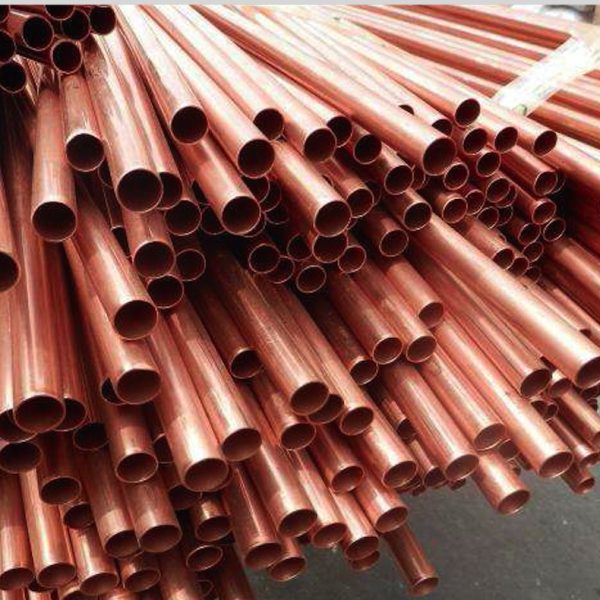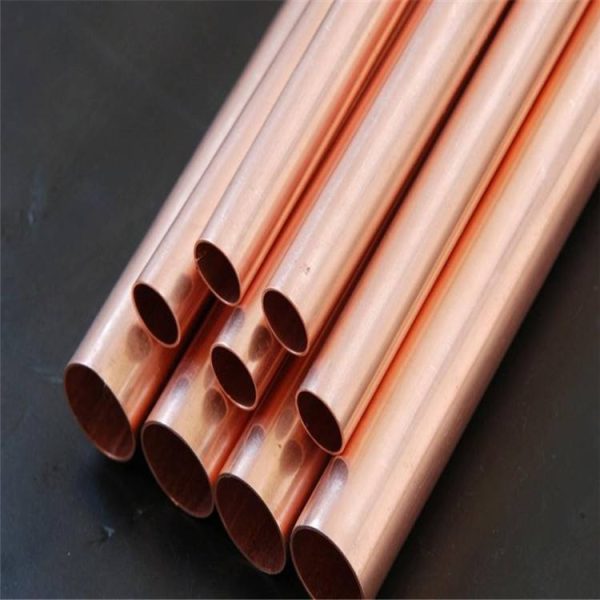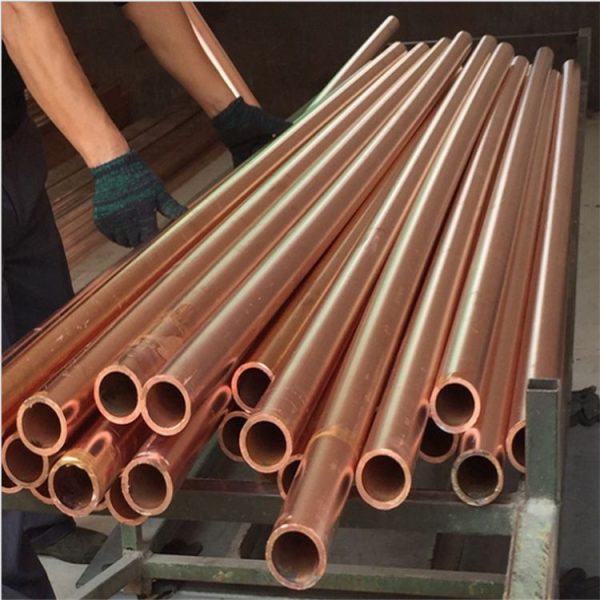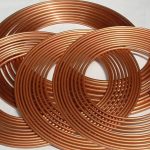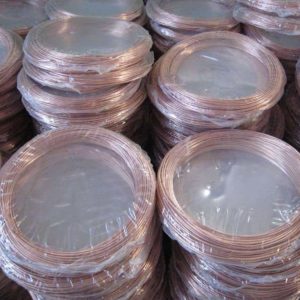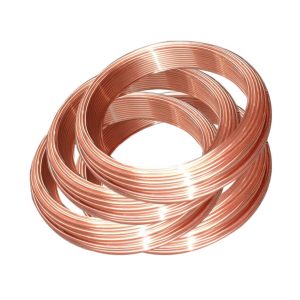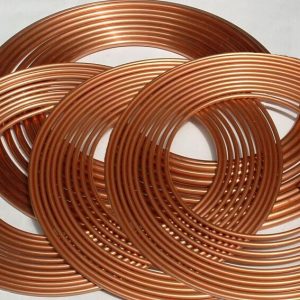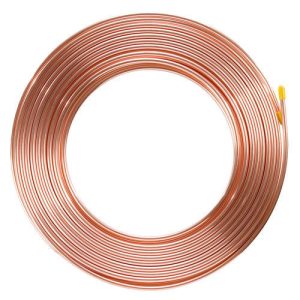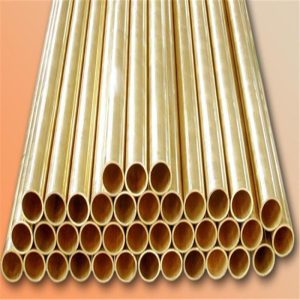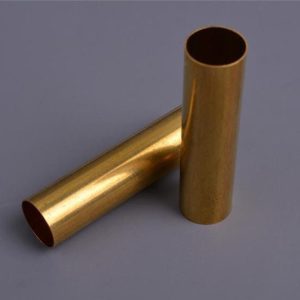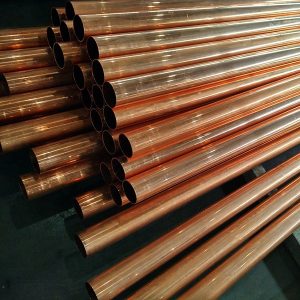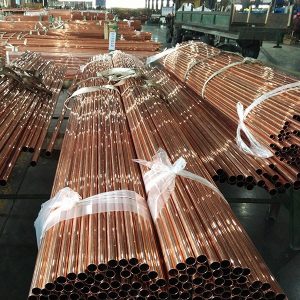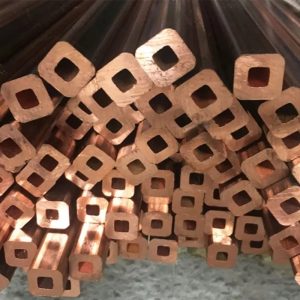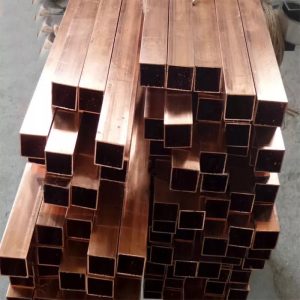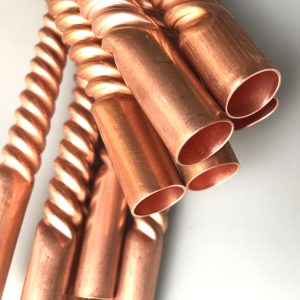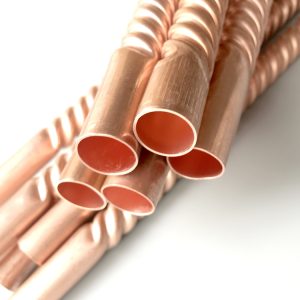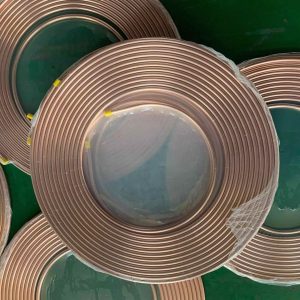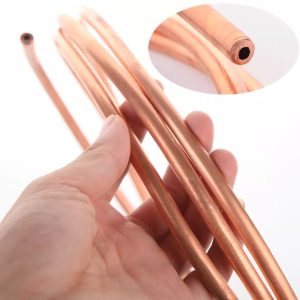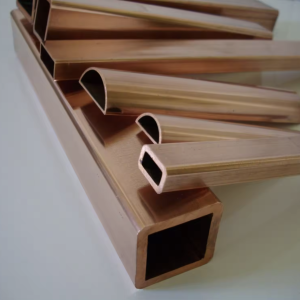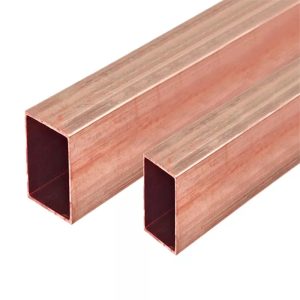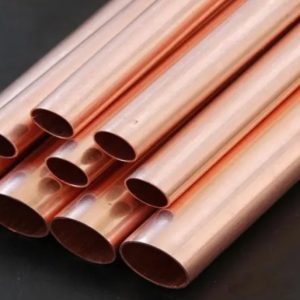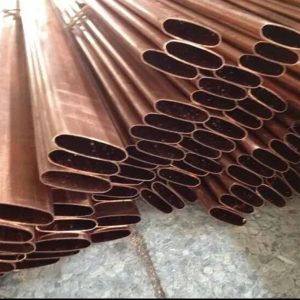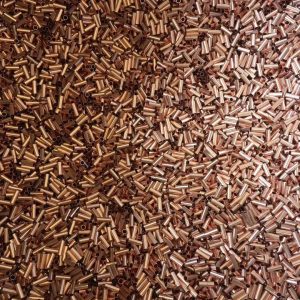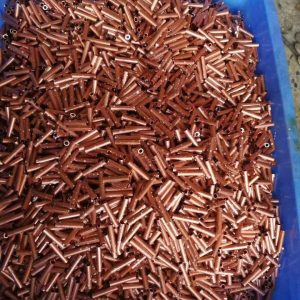Seamless Copper Tubes
Copper tube has good conductivity and is the main material of conductive accessories and heat dissipation accessories of electronic products. Copper tubes have strong corrosion resistance, are not easy to oxidize and react with some liquid substances. It is the first choice for modern contractors to install water pipes, heating and cooling pipes of all residential commercial houses.
Copper tubes are also called copper tubes. The utility model relates to a non-ferrous metal pipe, which is a pressed and drawn seamless pipe. Copper pipe has the characteristics of good conductivity and thermal conductivity. It is the main material of conductive fittings and heat dissipation fittings for electronic products, and has become the first choice for modern contractors to install water pipes, heating and cooling pipes in all residential commercial buildings. Copper tubes have strong corrosion resistance, are not easy to be oxidized and react with some liquid substances, so they are easy to be bent and formed.
- Description
- Inquiry
Description
Copper tubes are easy to install, inexpensive to transport and have long life spans with low maintenance. Because they are compatible with a large range of liquids and are so resistant to a wide variety of environmental conditions, tubes made of copper provide a long term performance that is extremely cost effective over long periods of time. They form piping systems both above and below ground, in freezing temperatures as well as in high heat applications. Fire sprinkler systems, cryogenic plants, air conditioning and refrigeration systems, hospital oxygen systems, gas and steam heating systems and drain/vent systems all use copper tubes as pipes. They also take up less space than other metal pipes.
In order to ensure safety and quality, all copper tubes must adhere to strict ASTM (American Society for Testing and Materials) standards concerning copper purity, design, fittings and liquid/gas compatibility. They are generally formed by the extrusion process, which fabricates seamless tubes with uniform wall thickness and a smooth surface. Solid-profile copper billets in the shape of rods are heated until malleable and then forced through a series of smaller and smaller molds in the shape of a tube until the desired shape has been reached. After extrusion, they are often bent using rollers or mandrels, and attached to each other at the ends by welding.
Most copper tubes have threaded ends, one male and one female, so they can easily attach and detach from one another. The threading is non-permanent but still provides a reliable, air and water tight seal. Sometimes tubes are joined by brazing, a welding technique that uses nonferrous filler material. A benefit of copper tubes is their flammability and explosion resistance. If a fire does start within the tube, it will not travel farther into the pipe system. Copper tubes can have either soft or hard tempers, which is the metal’s overall hardness. This is accomplished by post-fabrication heat treatments.
Advantages of copper pipes:
1. Lightweight, with good thermal conductivity and high low-temperature strength. Commonly used in the manufacturing of heat exchange equipment (such as condensers). It is also used for assembling low-temperature pipelines in oxygen production equipment. Copper pipes with small diameters are commonly used for conveying pressurized liquids (such as lubrication systems, oil pressure systems, etc.) and as pressure measuring pipes for instruments.
2. Copper pipes have strong and corrosion-resistant properties, making them the preferred choice for modern contractors to install water pipes, heating, and cooling pipes in all residential commercial buildings.
3. Copper tube combines many advantages in one body: it is strong and has the high strength of ordinary metals; At the same time, it is more prone to bending, twisting, cracking, and breaking than ordinary metals, and has a certain degree of frost heave and impact resistance. Therefore, once installed, copper water pipes in water supply systems in buildings are safe and reliable to use, and even do not require maintenance and upkeep.
Disadvantages of copper pipes: As far as copper pipes are concerned, their high price is their biggest disadvantage, and they are currently the most high-end water pipes. They are usually installed using welding technology and will not leak for a lifetime. The connection at the copper pipe interface mainly depends on the level of construction technology and has high requirements for construction quality.
If any questions,you are more than welcome to contact sales@tubesolutions.com.cn


Product Name | Copper Pipe |
Standard | AISI, ASTM, BS, DIN, EN, GB, JIS |
Material | T1,T2,C10100,C10200,C10300,C10400,C10500,C10700,C10800,C10910,C10920,TP1,TP2,C10930,C11000,C11300,C11400,C11500,C11600,C12000,C12200,C12300,TU1,TU2,etc |
Wall Thickness | 0.20mm-20mm |
Outer Diameter | 2.00mm-400mm |
Tolerance | +/-0.05mm |
Package | Standard seaworthy export packing: 3 layers of packing, inside is kraft paper, water plastic film is in the middle and outside GI steel sheet to be covered by steel strips with lock, with inner coil sleeve |


